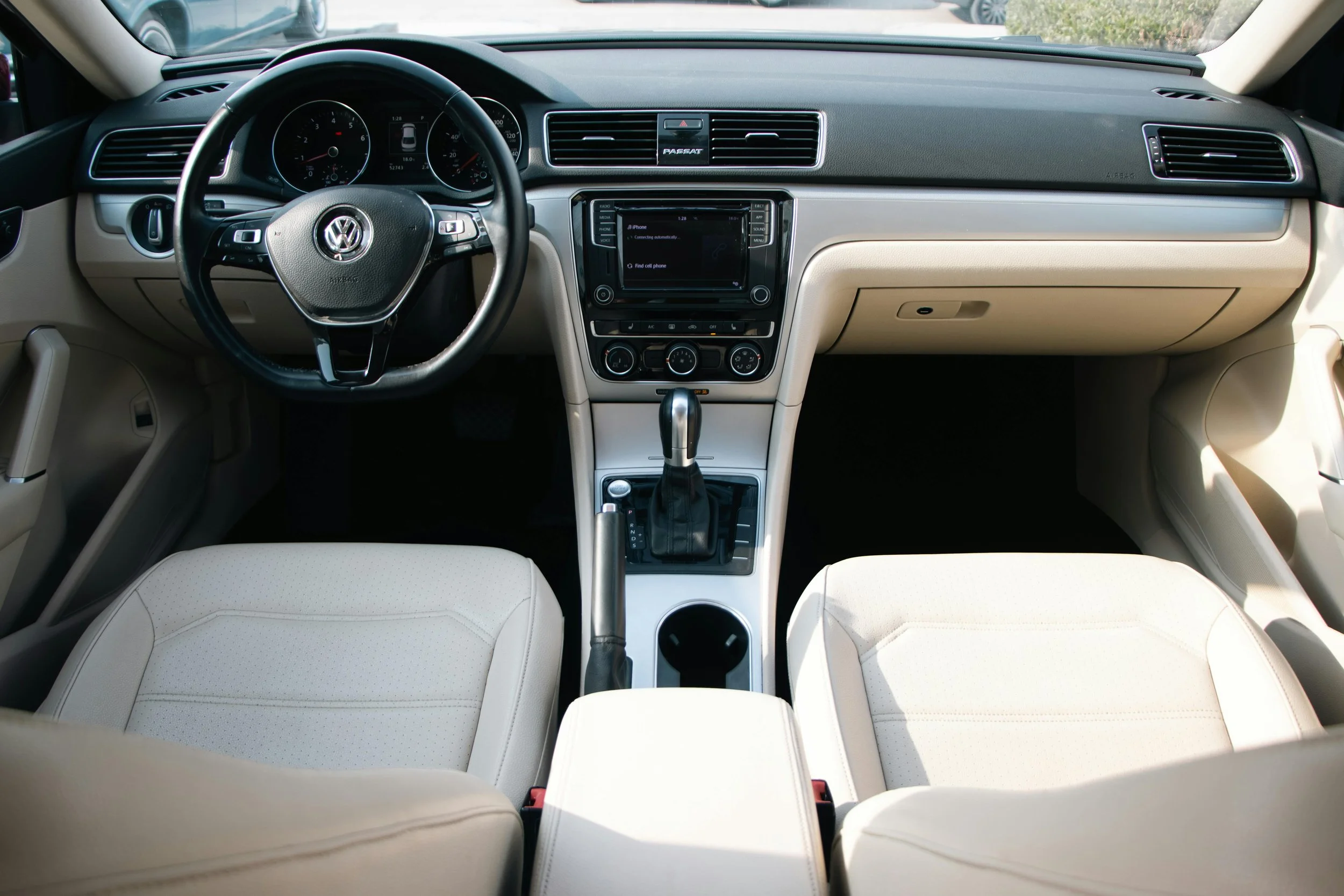DQ200 DSG-7 Frequently Asked Questions (FAQ)
1. How can I tell if the clutch is worn out?
If the clutch begins to fail, you might notice trembling during take-off, difficulty accelerating, rough gear shifts at high RPMs, increased fuel consumption, or even a burnt clutch smell.
2. What is the typical repair cost for DSG faults?
Repair costs vary depending on the issue. As of 2025, replacing the pressure accumulator can cost between ₺8,000 and ₺10,000, while repairs or replacements of the mechatronic unit or clutch can exceed ₺20,000.
3. Why are DSG transmissions prone to issues?
The DQ200 dry-clutch 7-speed DSG (Direct-Shift Gearbox) is sensitive to overheating and component wear in stop-and-go city driving. Lack of regular maintenance further increases the risk of malfunction.
4. What is the lifespan of a DSG transmission?
With proper care, DQ200 transmissions can last between 150,000 and 200,000 km. However, neglected vehicles often experience much shorter lifespans. Upgraded (reinforced) pressure accumulators can last up to five times longer—often enduring until the vehicle is decommissioned.
5. How can I recognize a failing DSG transmission?
Signs include harsh or missed gear changes, slipping into neutral, trembling during take-off, warning lights on the dashboard, or sudden power interruptions during acceleration.
6. Are DSG repairs expensive?
Yes. While minor parts replacements may be affordable, major overhauls—especially of the mechatronic unit or clutch—can become costly.
7. Have DSG issues improved over the years?
Volkswagen significantly improved DSG reliability in models produced after 2013. Nevertheless, even newer units can develop faults if not maintained properly.
8. Which transmission is considered the most reliable?
Torque-converter automatics from Aisin Warner—widely used by Toyota and Volvo—are often praised for their robustness and long service life.
9. Which vehicles use the 7-speed DSG?
The DQ200 DSG-7 is fitted in:
Volkswagen: Golf, Passat, Polo, Jetta
Audi: A1, A3, A4
Škoda: Octavia, Superb, Fabia
SEAT: Leon, Ibiza, Ateca
10. What transmission lasts the longest?
Aisin torque-converter automatics can last up to 300,000 km with proper care—often outperforming DSG systems in durability.
11. When should DSG-7 transmission oil be changed?
For dry-clutch DSG-7 units, regular oil changes are generally not recommended. Instead, check fluid levels every 60,000–80,000 km. Wet-clutch configurations should have the oil changed at 60,000 km.
12. What is the full meaning of DSG?
DSG stands for “Direct-Shift Gearbox”, referring to its direct and rapid gear-changing mechanism.
13. How can I notice gear hesitation or shudder in a DSG?
Hesitation or rough shifting is especially noticeable at low speeds or in heavy traffic—manifesting as sudden jolts or stalls when changing gears.

